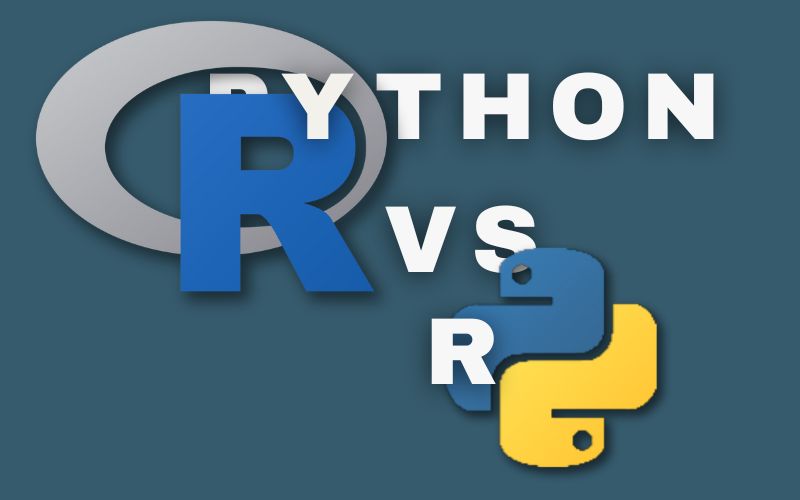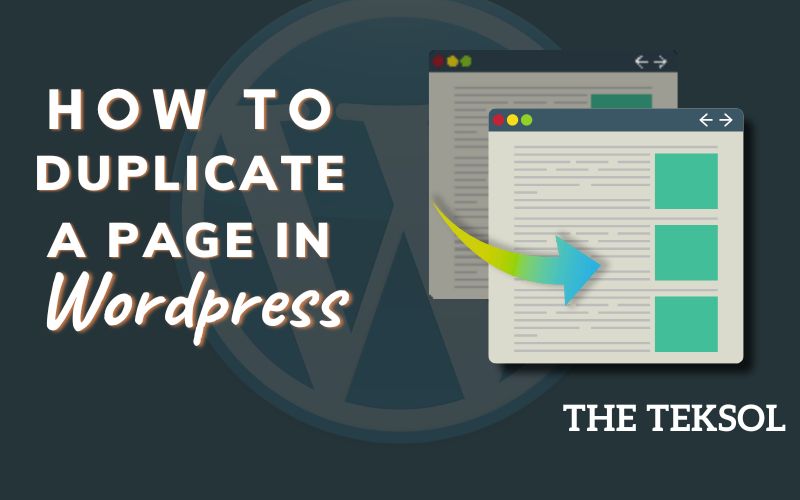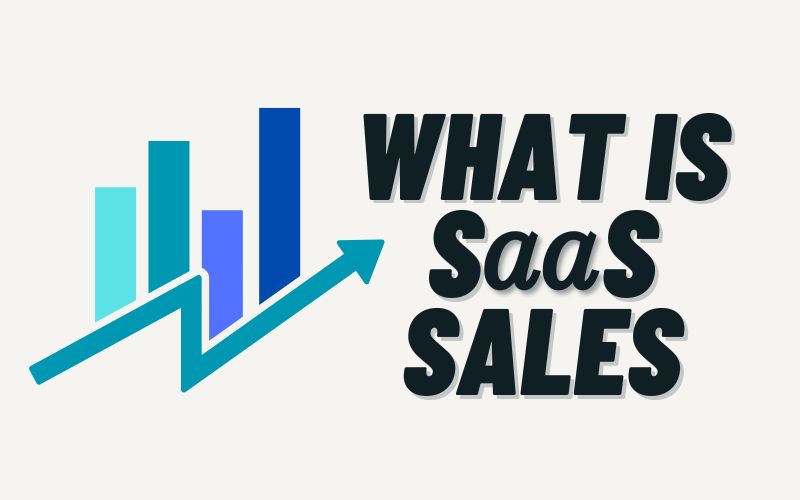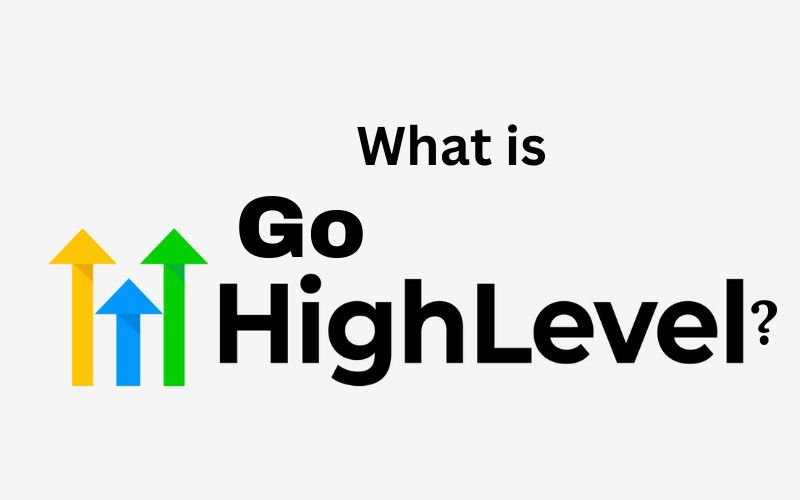Data science is one of the most exciting and in-demand fields in the world today. It involves collecting, analyzing, and interpreting large amounts of data to gain insights and solve problems. Data science requires a combination of skills, such as statistics, mathematics, programming, and domain knowledge. But which programming language should you learn to become a data scientist? R vs Python for data science are most popular choices, but which one is better for you?
In this article, we will compare r vs python for data science, and help you decide which one to learn based on your background, interests, and career goals. We will cover the following aspects:
- What is r vs python, and what are they used for?
- What are the pros and cons of Python and R for data science?
- How to choose between r vs python based on your needs and preferences?
What is r vs python, and what are they used for?
Python and R are both free, open-source programming languages that can run on various platforms, such as Windows, Mac, and Linux. Both languages can handle almost any data science task, such as data manipulation, analysis, visualization, machine learning, and deep learning. However, they have different origins, features, and strengths. Our main focus will be their comparison like “r vs python for data science”.
Python
Python is a general-purpose, high-level programming language that was created in 1991 by Guido van Rossum. It can be used for a wide range of applications, such as web development, automation, gaming, and data science. Python has a large and active community of users and developers who contribute to the improvement and expansion of the language and its libraries. This programming language has hundreds of specialized libraries and packages that support data science, such as NumPy, pandas, matplotlib, scikit-learn, TensorFlow, and PyTorch.
R
R is a software environment and a statistical programming language that was created in 1993 by Ross Ihaka and Robert Gentleman. This environment has been designed for statistical computing and graphics, and it is widely used by statisticians, researchers, and data analysts.
R has a rich set of built-in functions and operators for data manipulation, analysis, and visualization. It also has a comprehensive collection of packages that extend its capabilities, such as tidyverse, ggplot2, dplyr, caret, and Shiny.
Read More From The Teksol: Middleware in Laravel
What are the pros and cons of Python and R for data science?
While Python and R are both powerful and versatile languages for data science, they have some advantages and disadvantages that you should consider before choosing one.
Pros of Python
- Python is easy to learn and use, especially for beginners. Its syntax is clear and concise, and it follows the principle of “there should be one– and preferably only one –obvious way to do it”.
- Python is a multi-purpose language that can be used for various domains, such as web development, automation, gaming, and data science. This makes Python more flexible and adaptable than R, which is mainly focused on statistics and data analysis.
- Python has a larger and more diverse community than R, which means more support, resources, and opportunities for learning and collaboration. It also has more popularity and demand in the job market than R, according to several programming language indices, such as TIOBE1, Stack Overflow2, PYPL3, and RedMonk.
Python has more advanced and robust libraries and frameworks for machine learning and deep learning, such as scikit-learn, TensorFlow, PyTorch, and Keras. These libraries offer high-performance, scalability, and ease of use for building complex and sophisticated models and applications.
Cons of Python
- Python is not as good as R for data visualization and exploration. R has more options and flexibility for creating stunning and interactive plots and charts, such as ggplot2, Shiny, and plotly.
- Python’s matplotlib is more basic and less intuitive than R’s ggplot2, and it requires more code and customization to achieve the same results.
- Python is not as efficient as R for data manipulation and analysis. R has more built-in functions and operators for data processing, such as subsetting, filtering, aggregating, and summarizing. R also has the tidyverse package, which is a collection of tools for working with data in a consistent and tidy way.
- Python’s pandas is more verbose and less expressive than R’s dplyr, and it has some limitations and inconsistencies in handling data.
Pros of R
- Tailored specifically for statistics and data analysis, R is a powerful domain-specific language.
- R has a rich set of features and functions that make it easy and convenient to perform various statistical tests, models, and methods.
- R also has a comprehensive documentation and help system that provides detailed information and examples for each function and package.
- R is excellent for data visualization and exploration.
- R has a powerful and elegant system for creating plots and charts, such as ggplot2, which is based on the grammar of graphics.
- R also has tools for creating interactive and dynamic visualizations, such as Shiny, which is a framework for building web applications, and plotly, which is a library for creating high-quality graphs.
R is more consistent and coherent than Python for data science. This object-oriented design permeates R’s architecture, enabling seamless manipulation of various data structures and functionalities. R also has a consistent and standardized way of writing and organizing code, such as the style guide and the pipe operator.
Cons of R
- R is harder to learn and use than Python, especially for beginners. Its syntax is more complex and less intuitive than Python’s, and it has some quirks and inconsistencies that can cause confusion and frustration.
- R also has multiple ways of doing the same thing, which can make it hard to choose the best option and follow the best practices.
- R, a niche language, serves as the go-to tool for those focused on statistics and data analysis. Python outshines R in versatility and adaptability, spanning a broader range of domains and applications.
- R also has less popularity and demand in the job market than Python, according to several programming language indices, such as TIOBE1, Stack Overflow2, PYPL3, and RedMonk.
We can say that R has less advanced and robust libraries and frameworks for machine learning and deep learning than Python. R’s machine learning and deep learning packages, such as caret, TensorFlow, and Keras, are often wrappers or interfaces for Python’s libraries, which means that they rely on Python’s functionality and performance. R also has less support and development for these packages than Python, which means that they may not be as up-to-date and comprehensive as Python’s.
How to choose between Python and R based on your needs and preferences?
Both Python and R boast unique strengths, enabling them to tackle any data science task through different approaches. The best choice for you will depend on your background, interests, and career goals. Here are some factors that may help you decide:
If You!
- Find it easier to learn and use Python, as it is more similar to other popular programming languages, such as C, Java, and JavaScript. If you have no programming experience, you may find it easier to learn and use R, as it is more similar to mathematical notation and natural language.
- Those with a background in statistics, mathematics, or research will likely find R a more natural fit, thanks to its close alignment with their domain knowledge and skills. If you have a background in computer science, engineering, or web development, you may prefer Python, as it is more aligned with your domain knowledge and skills.
- Working on a project that involves machine learning, deep learning, or big data, you may want to use Python, as it has more advanced and robust libraries and frameworks for these tasks. If you are working on a project that involves data visualization, exploration, or communication, you may want to use R, as it has more options and flexibility for these tasks.
- A simple and elegant syntax that is easy to read and write, you may like Python, as it follows the principle of “there should be one– and preferably only one –obvious way to do it”. If you like a complex and expressive syntax that allows you to do more with less code, you may like R, as it follows the principle of “everything is an object”.
Conclusion
Python and R empower data scientists to tackle any task, offering both power and versatility. However, they have different origins, features, and strengths, and they may suit different needs and preferences.
The best way to choose between r vs python for data science is to try them both and see which one you enjoy more and which one meets your goals better. You can also learn both languages and use them together, depending on the situation and the task. Ultimately, the choice is yours, and the most important thing is to have fun and learn something new.




One Comment